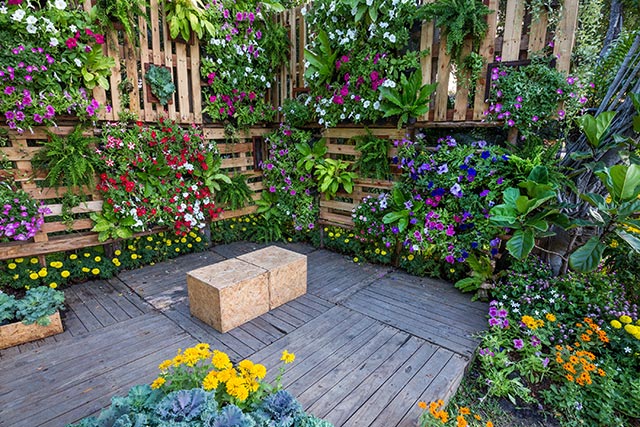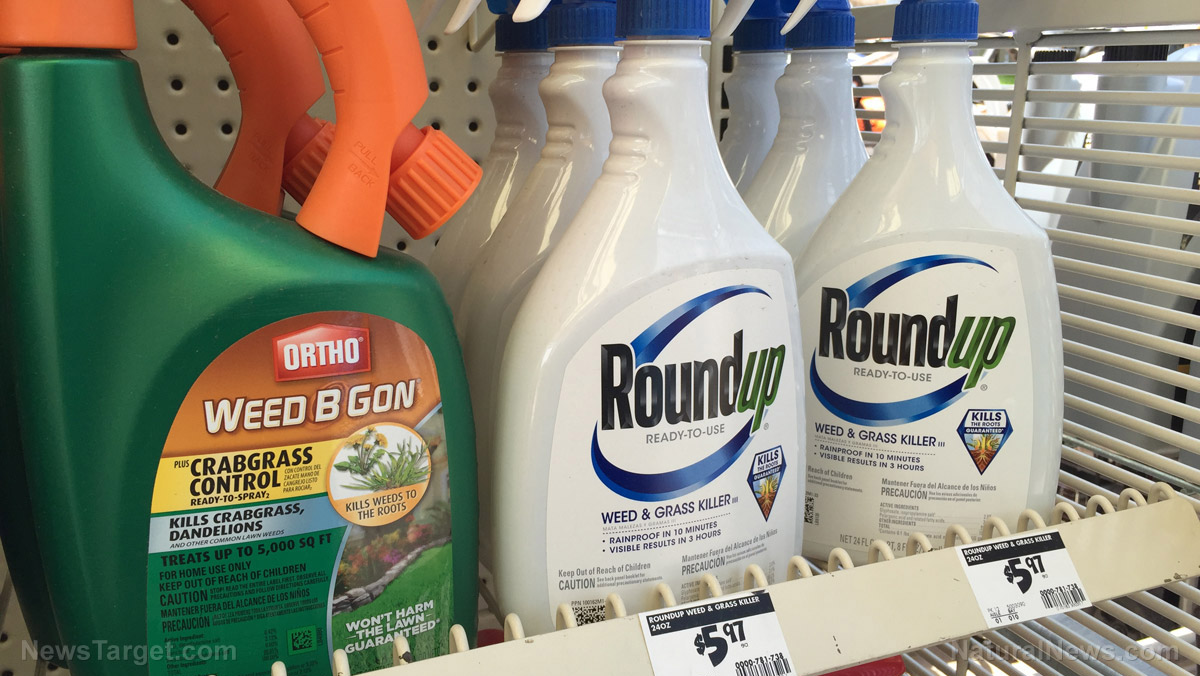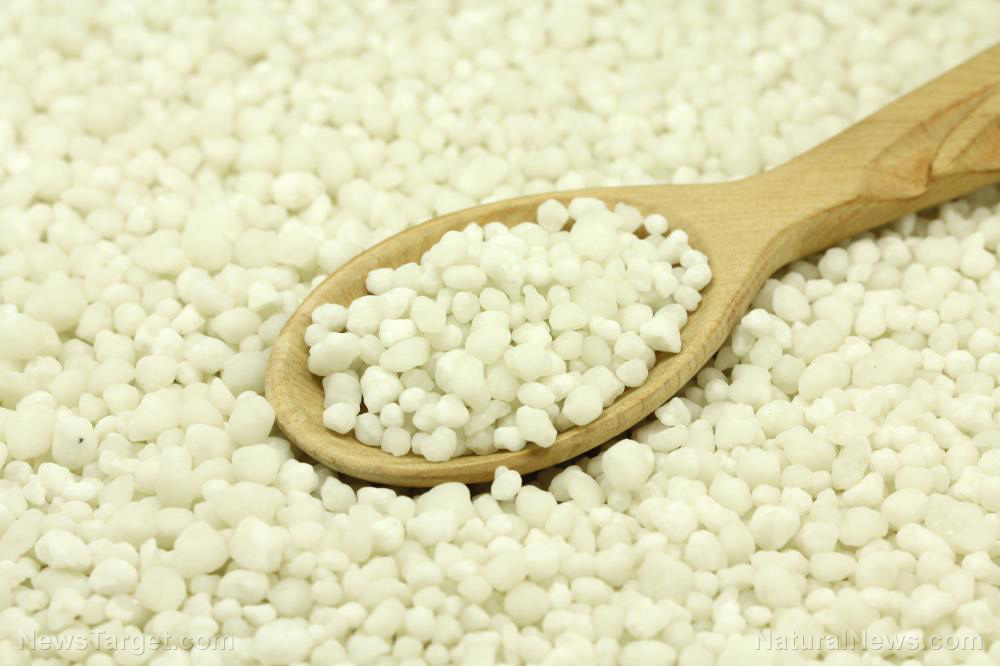
A vertical farming system breaks away from many of the conventions of traditional farming. This is most evident in how crops are set up in this new approach. In traditional farming, crops are laid out on the ground, which is why some also call it horizontal farming.
Vertical farming, on the other hand, stacks crops on top of one another in vertically-arranged layers. While traditional farming is usually done in outdoor farms, except in cases when greenhouses are used, vertical farming systems are mostly indoors. All conditions, including temperature, humidity, gases, and lighting, are carefully controlled using advanced technology, usually with the aid of computers.
Although a relatively recent agricultural approach, vertical farming has become increasingly popular in recent years. In fact, the global market for vertical farming is expected to rise further, reaching up to $6.4 billion by the year 2023. Its popularity stems from its many benefits, most of which seemingly fit current demands.
- Vertical farms are resistant to weather changes – Both the climate and weather are considerable challenges to traditional farmers. Changes in factors like humidity and temperature can affect the growth of crops, as well as the quality and quantity of resulting yield. Vertical farms are situated indoors and feature controlled environments, so they are unaffected by most external conditions. They can produce food all year round, regardless of the season.
- They are compatible with organic farming – The carefully controlled conditions in vertical farms, as well as their being indoors, mean crops are protected from pests and diseases. Vertical farms use virtually no chemical pesticides and fungicides as a result.
- They help maximize space – It’s hard to grow food in urban areas because of limited space. Vertical farming allows food to be grown in spaces that were previously thought impossible for production, including warehouses, shipping containers, and even skyscrapers. The technologies are largely scalable, too, so they can be applied and used to turn virtually any building of any size into a site for growing edible plants.
- They help increase yield – Compared to traditional farming, vertical farming can feed more people per any given space. One study, published in the journal Food & Energy Security, proved this. Its authors compared vertical farming systems and horizontal hydroponic systems in terms of lettuce yield per unit area. They noted that although the vertical farming approach resulted in lower light distribution and shoot fresh weight, it was able to produce more crop per unit of growing floor area than horizontal hydroponic systems. They concluded that with the right artificial lighting technology, it is possible to increase the quality and quantity of yield produced in vertical farming systems.
- They are environmentally friendly – Vertical farming systems use up to 70 percent less water than traditional farms. Aeroponics, a farming innovation used often in vertical farming, uses 70 percent less water than hydroponics. Vertical farms don’t use as much soil, if at all, as conventional farms and do not require the use of farming equipment that disturbs the land and contributes to pollution. Thanks to this new approach to farming, many swathes of land formerly used for agriculture may be restored to their natural state which can support both native flora and fauna. Furthermore, vertical farms do not necessitate the use of chemical fertilizers that contribute to pollution.
- They are friendly to human health – The fact that vertical farms do not use pesticides, fungicides, and chemical fertilizers means they produce foods that are safe for human consumption. Because they are indoors, they also mean that workers are not exposed to potential health and safety threats outdoors, such as changing weather conditions and interaction with dangerous animals. The risk of them being involved in accidents while using farming equipment, as well as their exposure to toxic chemicals, is also reduced.
Can you apply the concepts of vertical farming to improve your home garden? Get new and great ideas at HomeGardeningNews.com.
Sources include:
Please contact us for more information.























